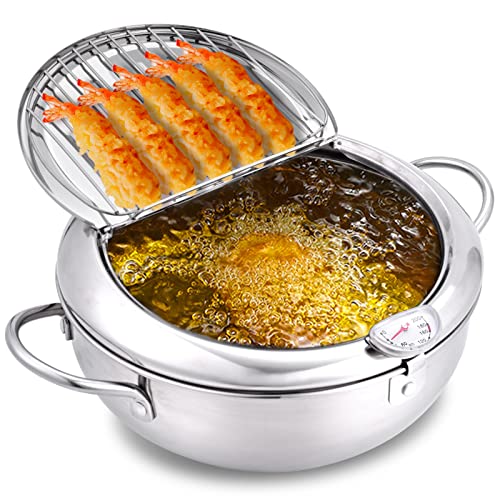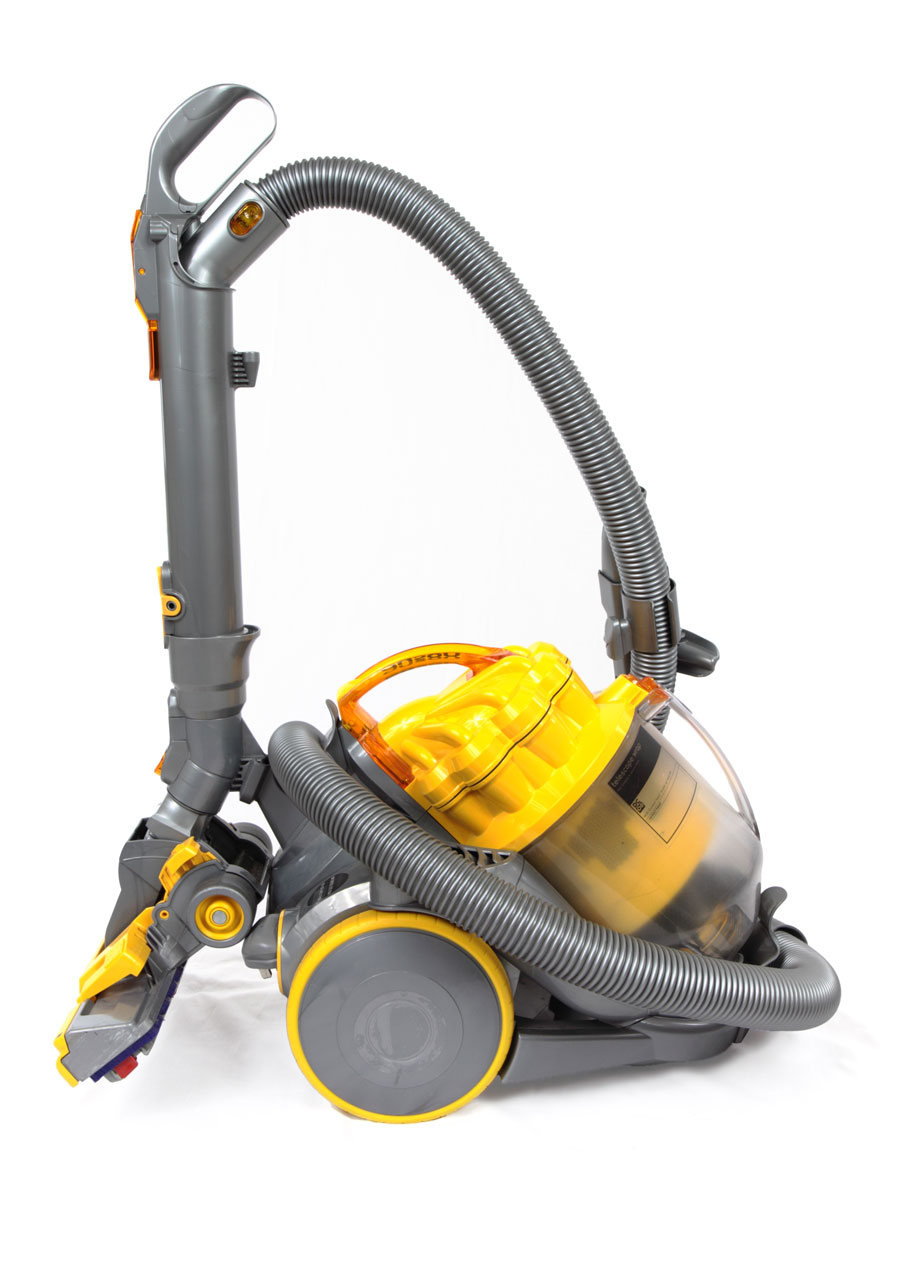Become a Master Fryer: How to Deep Fry Anything Without a Deep Fryer
You’ve been craving some delicious deep-fried food, but don’t have a deep fryer? No need to worry, because with a little know-how and some basic kitchen tools, you can achieve perfectly crispy and golden fried dishes right at home. In this article, we’ll guide you through the basics of deep frying, share alternative methods for frying without a fryer, and provide helpful tips on safety and choosing the right oil and temperature. So put on your handyman hat and get ready to learn how to fry anything without a deep fryer! Continue reading to find out more.
Understanding the basics of deep-frying.
If you’re a handyman who loves to fix things around the house, then learning how to deep fry without a deep fryer is an essential skill. Deep frying can add an extra layer of flavor and texture to your favorite foods, but it can also be dangerous if not done correctly.
Firstly, it’s important to understand the basics of deep frying. The process involves immersing food in hot oil until it’s cooked through and crispy on the outside. To ensure that your food turns out perfectly every time, you’ll need a few key tools: a heavy-bottomed pot or Dutch oven (preferably with high sides), a thermometer for measuring oil temperature, tongs for handling food safely while cooking and draining excess oil after cooking.

To start off with basic steps- first heat up 2 inches of vegetable or peanut oil over medium-high heat till its temperature reaches 350°F (177°C). Next step is adding the items gradually into hot water depending on their sizes so as not overcrowd them which reduces their crispiness.
Once you’ve mastered these fundamentals, there are plenty of delicious recipes that will allow you to experiment with different flavors and textures. From classic fried chicken and donuts to more exotic fare like tempura shrimp or falafel balls – anything goes when deep frying! But always remember safety measures such as keeping children away from kitchen area while doing this activity because accidents can happen anytime if left unattended.
In conclusion- mastering basic skills related will help one become proficient at preparing common dishes using this method thereby being able impress friends by making mouth watering delicacies they never knew could be made at home!
What are some alternative methods to deep fry without a deep fryer?
Are you tired of having to use a deep fryer every time you want that crispy, golden deliciousness? Fear not, for there are alternative methods to achieve the same result without needing the bulky equipment.
One method is pan-frying. Simply heat up some oil in a shallow pan and place your food in it. Flip it over occasionally until both sides are evenly cooked and crispy. This works well for smaller items like chicken tenders or shrimp.
Another option is oven frying. Coat your food with breadcrumbs or flour, spray with cooking spray, and bake at a high temperature until it’s crispy on the outside but still tender inside. This method works great for larger items like chicken wings or fish fillets.
Lastly, consider using an air fryer which uses hot air instead of oil to cook your food – resulting in less mess and fewer calories consumed!
With these alternative methods at hand, you can enjoy all your favorite fried foods without needing an expensive deep fryer taking up space in your kitchen!
Safety precautions and tips for deep-frying at home.
When it comes to deep frying at home without a deep fryer, safety should be your top priority. Here are some key precautions and tips to keep in mind:
1. Use a sturdy pot or pan: Make sure the pot or pan you use for deep frying is large enough to accommodate the food you’re cooking, but not so large that there’s too much space between the oil and the top of the vessel.
2. Choose an appropriate oil: Different oils have different smoke points, which is important when it comes to deep frying. Oils with low smoke points (such as olive oil) can release harmful fumes when heated too high.
« best windshield wipers wirecutter
best digital meat thermometer »
3. Monitor temperature closely: Use a thermometer to ensure that your oil stays at an appropriate temperature throughout cooking (usually around 350-375°F). If it gets too hot, turn off heat immediately and let cool before continuing.
4. Don’t overcrowd food in pan: Overcrowding can cause uneven cooking and also increase risk of splattering hot oil onto yourself or surfaces nearby.
5. Have proper equipment on hand: Keep a fire extinguisher nearby just in case of emergency; wear long sleeves/pants/aprons/gloves; use tongs/slotted spoons for handling food instead of fingers; place cooked items on paper towels/towels rather than directly on countertops/surfaces.
By following these safety precautions along with other necessary steps such as turning off heat after done using it ,you’ll be able to enjoy delicious homemade fried foods without putting yourself or others at unnecessary risk!
Choosing the right oil and temperature for deep-frying.
When it comes to deep frying without a deep fryer, choosing the right oil and temperature is crucial for achieving the perfect crispy texture while avoiding greasiness. As a handyman who’s good at fixing things, you know that attention to detail is key in any task.
Firstly, choose an oil with a high smoke point such as canola or peanut oil. These oils can withstand higher temperatures without burning and producing harmful fumes. Avoid using olive or vegetable oils which have lower smoke points and are more prone to burning.
Next, determine the optimal temperature for your desired dish by using a thermometer or testing with small pieces of food before committing to larger batches. For example, French fries typically require 325-375°F while chicken wings need 375-400°F.
Keep in mind that maintaining consistent temperature throughout cooking is important for even browning and preventing overcooking or undercooking. Use a heavy-bottomed pot with enough room for your food but not too much excess space which could cause splattering hot oil.
In conclusion, choosing the right oil and temperature when deep frying without a deep fryer requires careful consideration but will ultimately lead to delicious results worthy of any professional kitchen!
Steps to achieve perfect deep-fried food without a deep fryer:
If you’re a handyman who loves to fix things around the house, then you probably know that not all tools are necessary for every job. The same goes for deep-frying your favorite foods – you don’t always need a deep fryer! In fact, achieving perfect deep-fried food without one is easier than you think.
Firstly, make sure that the oil temperature is just right. Use a candy thermometer to ensure that the oil reaches 375°F before adding your food. If it’s too hot or too cold, it can affect the texture and taste of your fried food.
Secondly, use an appropriate pot or pan with high sides to contain any splattering oil when frying. A cast-iron skillet works great because it retains heat well and distributes it evenly across its surface area.
Thirdly, create a dredging station by setting up two bowls – one filled with seasoned flour and another with beaten eggs mixed with milk or water (depending on preference). Dip your ingredients in each bowl consecutively before dropping them into the hot oil.
Fourthly, avoid overcrowding the pot/pan by frying in small batches if necessary. Overcrowding causes uneven cooking which leads to soggy fried food instead of crispy ones!
Lastly but not least important step: Drain excess oil from freshly cooked items on paper towels placed over cooling racks rather than stacking them directly onto plates so they remain crispier longer after being taken out from Fryer
By following these steps carefully and taking some extra precautions like using protective gloves while handling hot oils etc., anyone can achieve perfectly crispy fried foods without needing expensive equipment like deep fryers!
Conclusion
Deep frying is an easy skill to master and can be done safely with some simple precautions. With the right tools, temperature control, and oil selection you’ll be able to deep fry just about anything without a deep fryer! Now that you know how to accomplish your fried food dreams at home, why not give it a try? If you need any help or advice along the way feel free to join our newsletter for more tips on perfecting your deep-frying skills!















